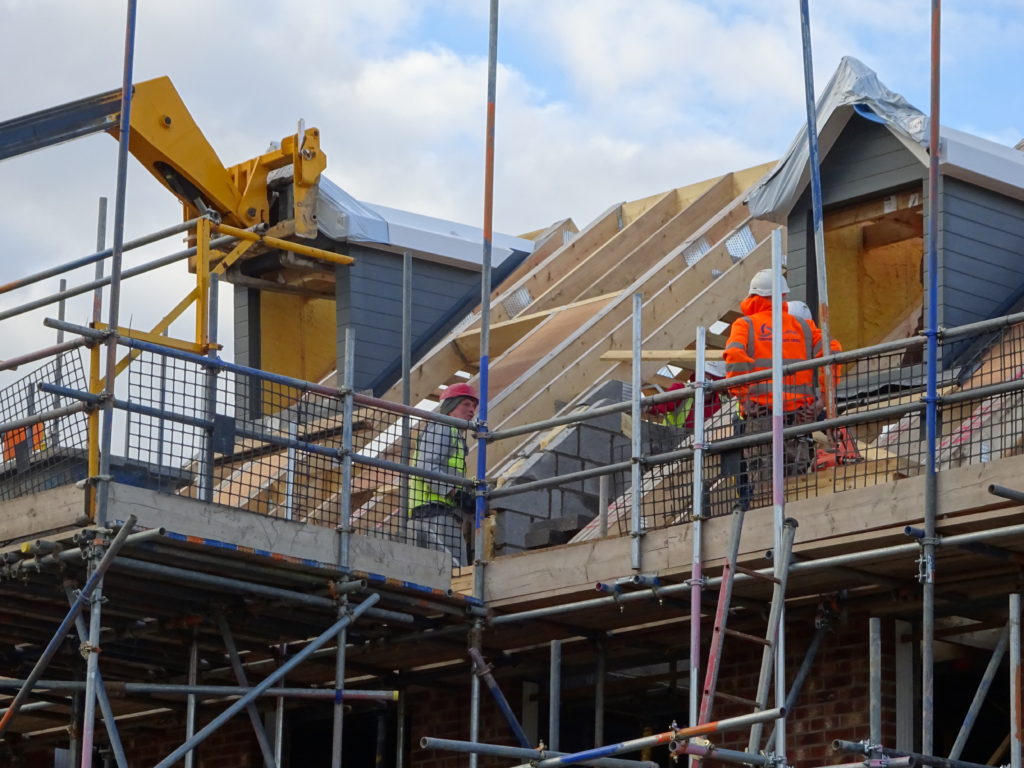The rationale for the radical shake-up of the English planning system in the Planning White Paper published this August 2020 is the assertion that planning is a constraint on the supply of land for new housing.
This assertion does not appear to be supported by the evidence. Planning is already providing more land than needed to meet the government target of 300,000 homes a year.
Last year (2019) almost 400,000 homes were given planning permission in England but only about 240,000 homes were built.
Over a 10 year period, since 2009, 2.5m homes have been given planning permission but only 1.5m homes built. There would appear to be a backlog of 1m unbuilt homes.
The development industry admits to this backlog. It acknowledges what it calls a lapse rate of on average 40% of homes that are given planning permission but never get built.
This suggests that it is not the planning system that is a constraint on housebuilding but the property industry itself. Why is that? There are two reasons.
Firstly, landowners and property investors secure residential planning permission for land in order to increase its value. Residential planning permission can increase the value of land by 100 times. They do not need to develop the land in order to realise this increase in value. Instead they can sell the land at a profit or use it as capital for further investments.
The process of planning reform from 2012 has fuelled an industry in land speculation, defined as the treatment of land as a financial asset rather than as a productive resource. 60 per cent of outline planning permissions are now held by non-builders, landowners, investors and site promoters who have no immediate intention to build the homes that have been approved.
The second reason lies in the poor supply responsiveness of the housebuilding industry itself – a problem identified in every government housing report. The private housebuilding industry is an inefficient means of meeting housing need since it does not increase supply to meet demand. Instead it provides a drip-feed of homes, purposely keeping to a rate of around 60 homes per site per sales outlet, in order to balance house sales against the need to acquire and manage a pipeline of up to 9 years’ worth of housing land.
The reforms of planning that have taken place since 2012 have encouraged this situation and the proposals in the Planning White Paper will make things worse.
Liberalising planning – that is, returning development rights to property owners – has encouraged the inefficiencies of the property industry.
The result is that is now takes twice as long to build homes as it did before 2012.
Land for approximately 150,000 homes is taken out of production annually and sold without being developed.
And the industry now says that it will require 1m homes every year to be given planning permission if it is to achieve a build target of 300,000.
But what other industry needs a supply chain that is 4 times its annual output ?
At a time of global pandemic when people were being told to stay home, we have a pandemic of homelessness brought about by the deregulation of planning systems.
Planning has been reduced to the mere licensing of property speculation.
But the job of planning should be to identify and meet housing needs – that is priority housing need – the housing people need but can’t necessarily afford.
Private housebuilders cannot and do not want to meet housing need
Planning reforms like the White Paper and the extension of permitted development rights take us back to a time before planning.
A time of urban sprawl
Of inadequate housing that lacks basic amenities
Of unplanned and unregulated property speculation
We need to return to a regulatory system that intervenes in land and property markets. One that can bring down the price of land, capture land values for the public benefit and make housing affordable.
We need a planning system that can bring about a better quality of life for all and a more sustainable future. We need more planning, not less.
Please see my contribution to the report: The Wrong Answers to the Wrong Questions, available on the Town & Country Planning Association website: https://www.tcpa.org.uk/Handlers/Download.ashx?IDMF=f53db0a4-b78d-4898-80e4-647080dad84b










